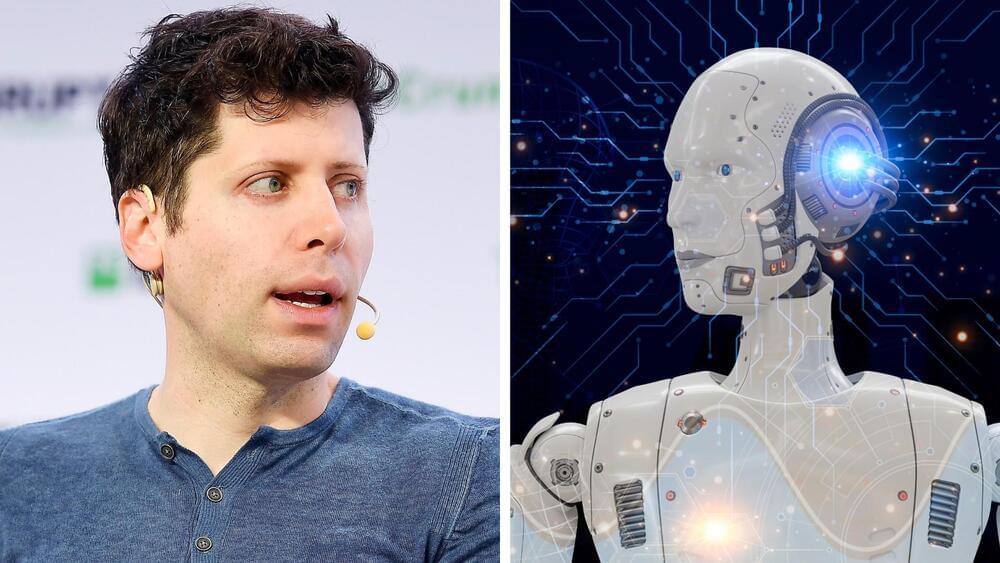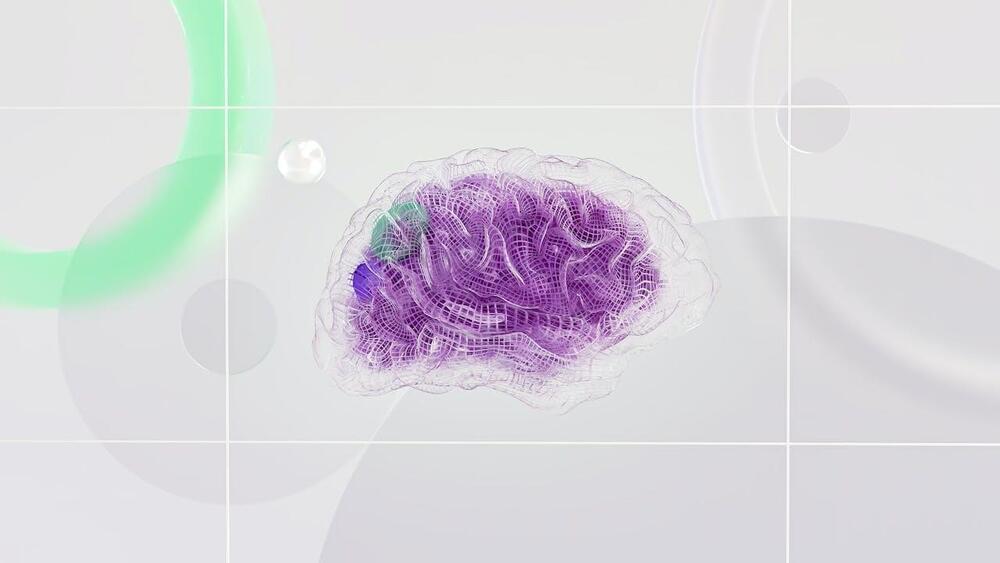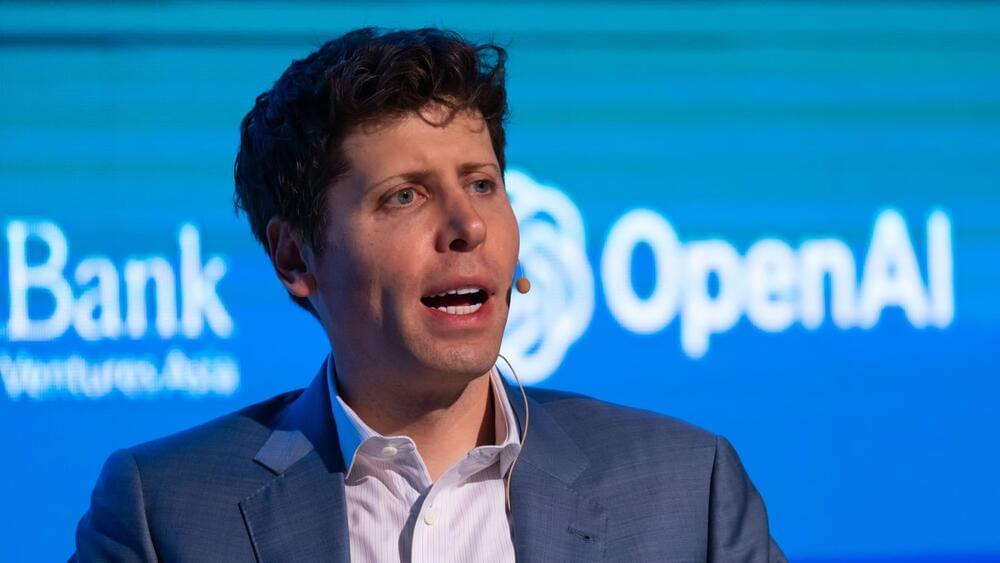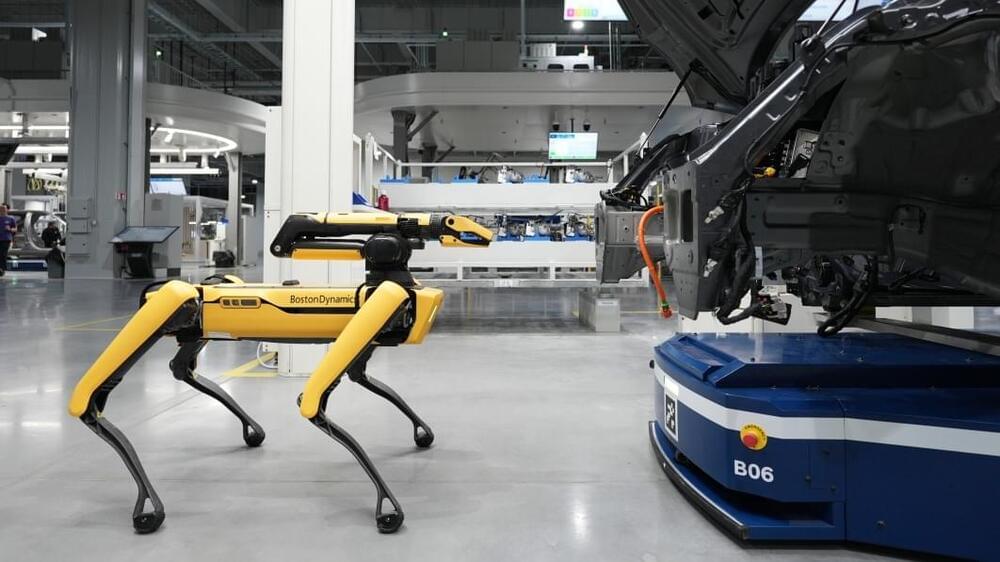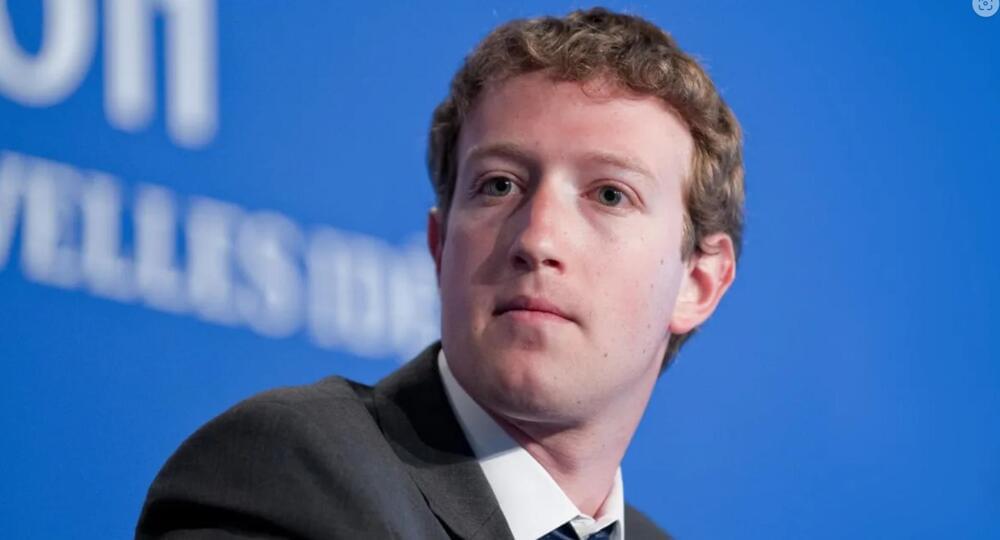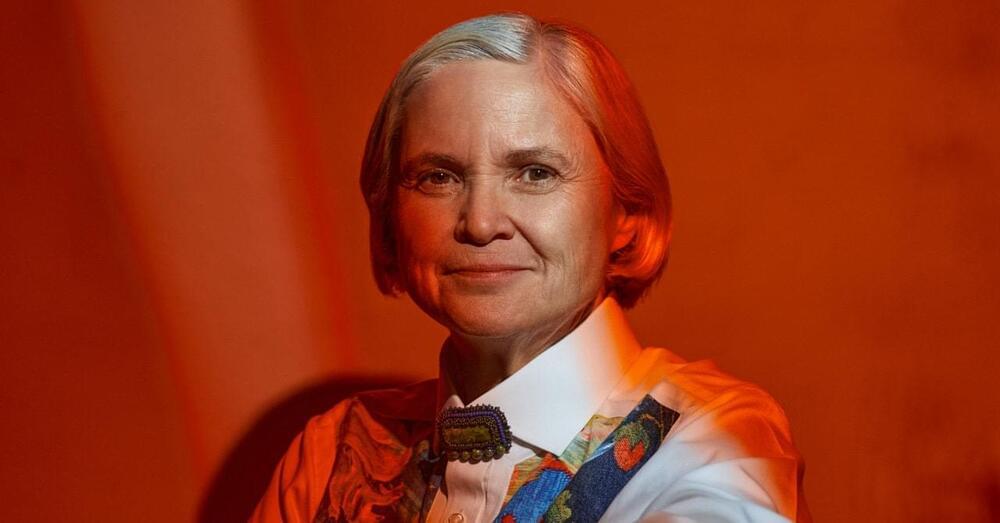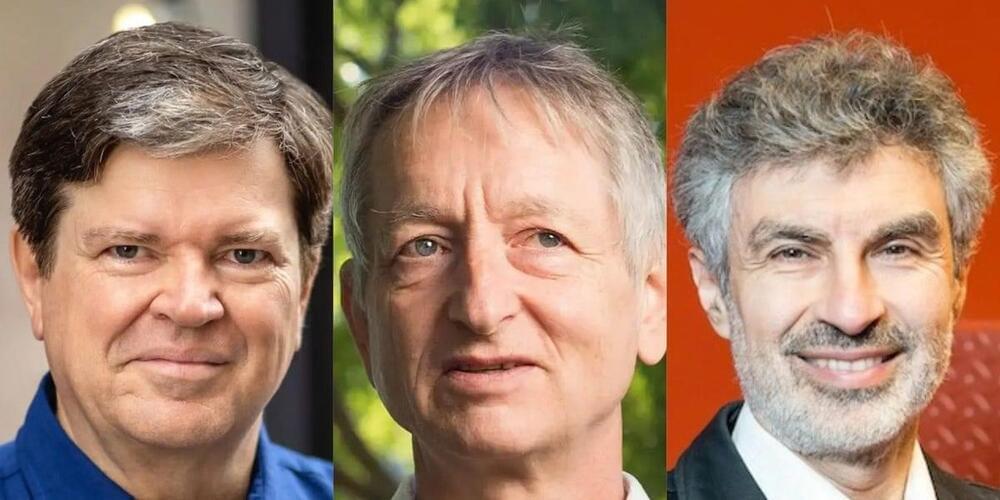Inflection AI just announced Inflection-2, a HUGE new 175 billion parameter language model.
Capabilities exceed Google and Meta’s top models and “is very close” to catching GPT-4.
The CEO also said the company’s next model will be 10x larger in six months.
Inflection AI, the innovative startup behind the conversational chatbot Pi, has recently unveiled a new AI model, Inflection-2, claiming superior performance over popular models developed by Google and Meta. According to a recent Forbes report, this new model is rapidly gaining attention for its potential to rival OpenAI’s GPT-4.
Inflection-2 has demonstrated impressive results, outperforming Google’s PaLM Large 2 and Meta’s LLaMA 2 in various standard benchmarks. According to Inflection AI, their model is the most efficient of its size, only trailing behind OpenAI’s larger GPT-4 model.
Inflection AI’s vision for the future
